- Women Fashion Accessories
- Handicraft
- Handloom
- Home Decor
- Agricultural-GI
- Fabric
- Manufactured
-
States of India
- Andhra Pradesh
- Arunachal Pradesh
- Assam
- Bihar
- Chhattisgarh
- Goa
- Gujrat
- Haryana
- Himachal Pradesh
- Jharkhand
- Karnataka
- Kerala
- Madhya Pradesh
- Maharashtra
- Manipur
- Meghalaya
- Mizoram
- Nagaland
- Odisha
- Punjab
- Rajasthan
- Sikkim
- Tamil Nadu
- Telangana
- Tripura
- Uttar Pradesh
- Uttarakhand
- West Bengal
- Andaman and Nicobar Islands (UT)
- Jammu and Kashmir / Ladakh (UT)
- Dadra and Nagar Haveli and Daman and Diu (UT)
- Delhi (UT)
- Lakshadweep (UT)
- Puducherry (UT)
- Edible
- Fashion
Your shopping cart is empty!
Give children toys that are powered by their imagination, not by batteries.

Give children toys that are powered by their imagination, not by batteries.
Sometime in future if a man can create a time machine, then we all wish to go back to our childhood days to play again HopScotch or Stapoo, Chain, Tag or Chor-Sipahi, Dog and the bone, Hide and Seek or Chupam Chupai, One Leg or Langdi Tang, Tipcat or Gilli Danda, Marbles or Kancha. During those days, we use to run and play, explore things irrespective of it is raining/ hot /cold outside, be creative by inventing new games with the household things around us, engage in pretend play, communicate, collaborate, and problem-solve with others. A golden era of our life which we will miss throughout our life and want our children to experience it, unfortunately, they will not.
Due to city life, children do not get the right amount of space and company around to play. As a result, kids are spending more time on battery run robots, computer games, or mobile app. Some people think that it will improve their literacy and math skills or learn to code. On the contrary, this adversely impacts eyes, critical problem-solving ability, and teamwork. These tech-toys are safe, played in confined spaces, conveys a lack of freedom to experiment, lack of autonomy for exploration, lack of creative opportunities, lack of risks, and limited.
The traditional toys are open-ended, which promotes essential aspects of human development. Unfortunately, from a developmental perspective, many of the current technologies for young children are limited and not open-ended.
As parents, everyone wants their child to become a happy and creative person. Toys are the first thing that helps children to get familiarized with the world around them, learn a new concept, gain new skills, and analyze things. Toys have become high-stakes playthings. They provide children with joy and fantasy while teaching hard-edged social norms. We should be mindful while selecting the right toy for the children as toys can harm child development.
"Children used to play with toys. Now the toys play with them. "
-- Idries Shah
Kid's interest in playing with objects which we use every day may reflect a hope to imitate adults, and by imitating, they explore the social values and roles of their societies.
India has such a rich culture and heritage when it comes to toys. Channapatna and Etikoppaka ethnic wooden toys are examples of the same. These wooden ethnic toys are better and more eco-friendly, and also encourage pretend play, which kick-starts imagination.
These traditional toys have three characteristics that are:
- open-ended – there are multiple ways to play with the toy and encourage kids to imagine and be creative
- promote interaction – promote collaboration, conversation, and curiosity
- can be used for simple or elaborate pretending – these toys can stimulate your child's power to visualize
Channapatna wooden toys are manufactured in the town of Channapatna in the Ramanagara district of Karnataka state, India. This traditional woodcraft is protected as a Geographical Indication (GI) under the World Trade Organization, administered by the Government of Karnataka. Channapatna is popularly known as Gombegala Ooru (toy-town) of Karnataka. Traditionally, the work involved lacquering the ivory-wood. For coloring, vegetable dyes are used to ensure that the toys and dolls are safe for use by children.
Imaginative play, they suggest, is not only fun but also crucial for the development of such high-level human skills as decision-making, contextualizing, and creativity.
Children can learn a lot from playing. When you give your child handcrafted bright color educational toys, and play with them, it gives children a chance to bond with you, learn, visualize, and have fun at the same time. When we make education enjoyable children can retain learning and also develops a positive attitude toward learning.
" The best toys games are 90 percent kid involvement, 10 percent toy, with play fuelled largely by the child's imagination."
-- Josh Golin

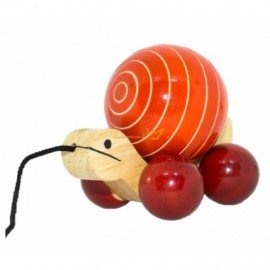
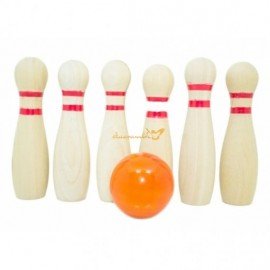


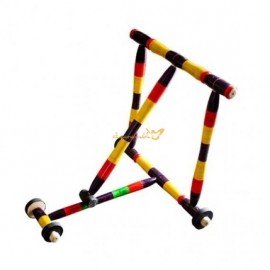

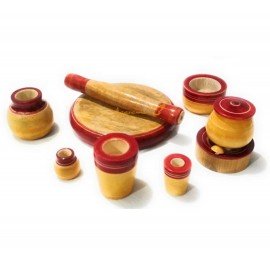
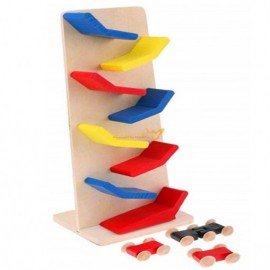

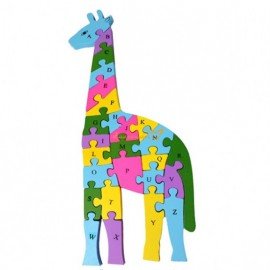

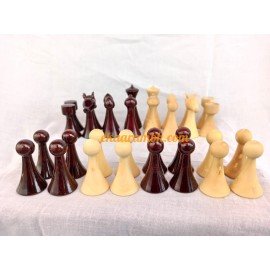


-270x270.jpg)
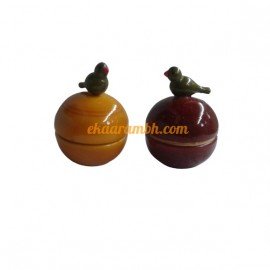
-270x270.jpeg)
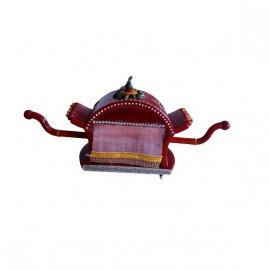
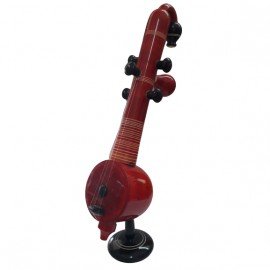



-270x270.jpeg)
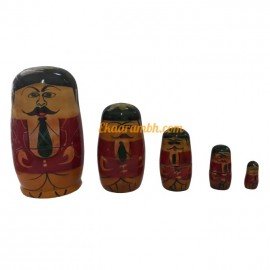

-270x270.jpeg)
-270x270.jpeg)
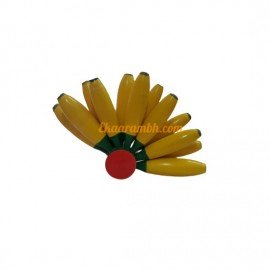
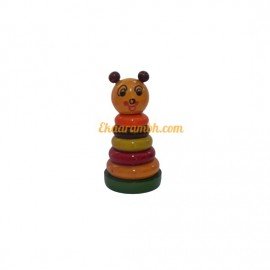
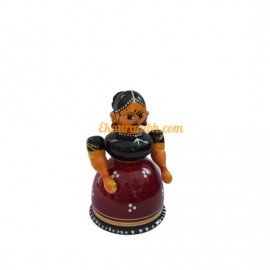
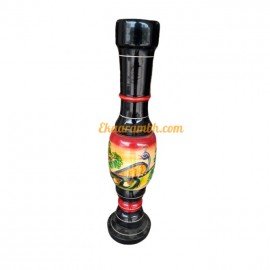
-270x270.jpeg)

-270x270.jpeg)

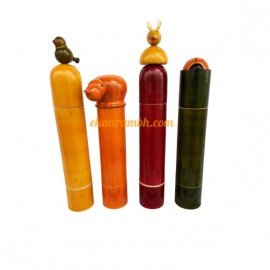
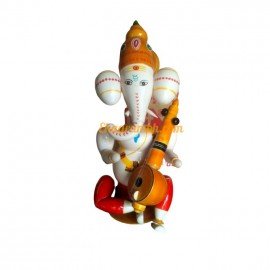
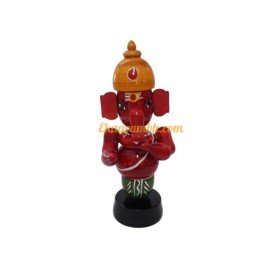

-270x270.jpeg)

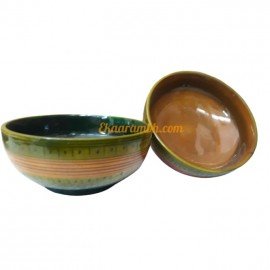

-270x270.jpeg)



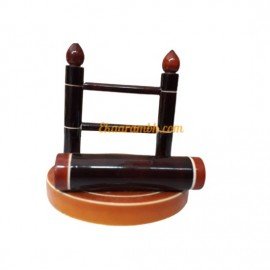





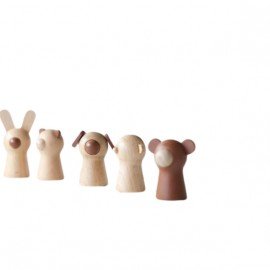

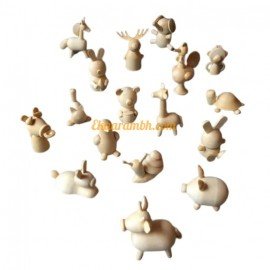

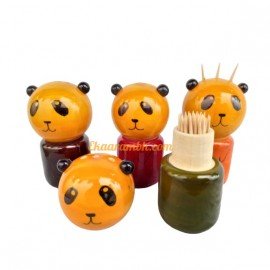
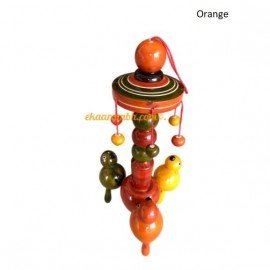
%20Toy-270x270.jpeg)
-270x270.jpeg)
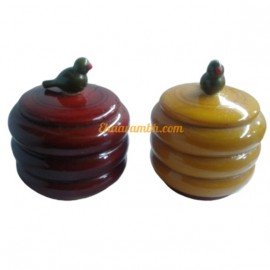
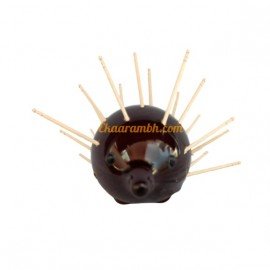
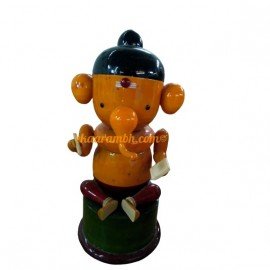
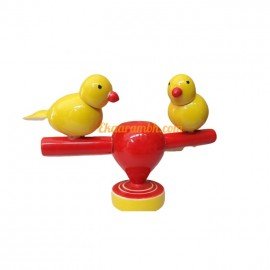

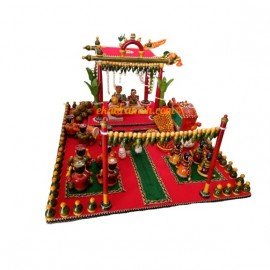



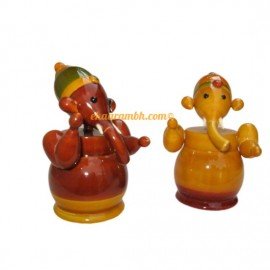
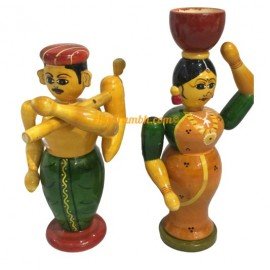



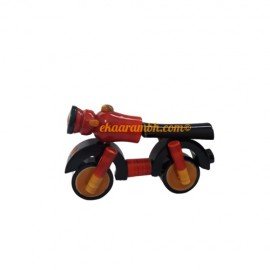

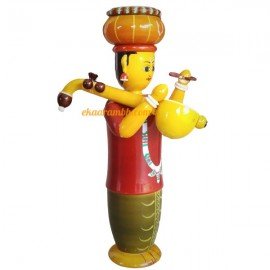

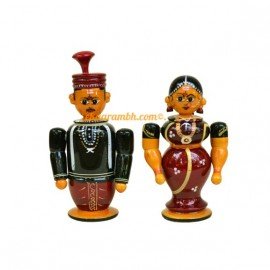
Leave your comment
Note: HTML is not translated!